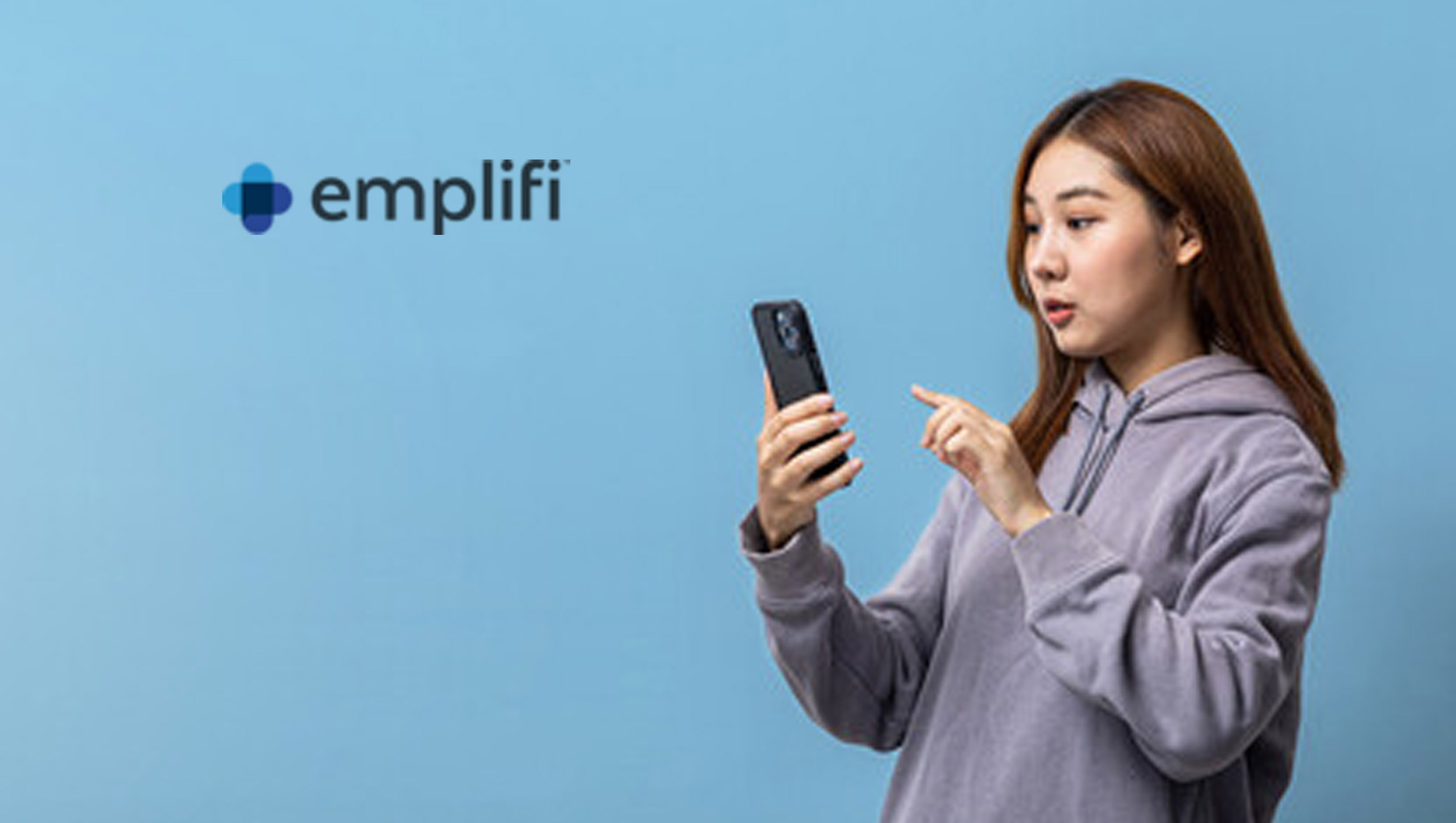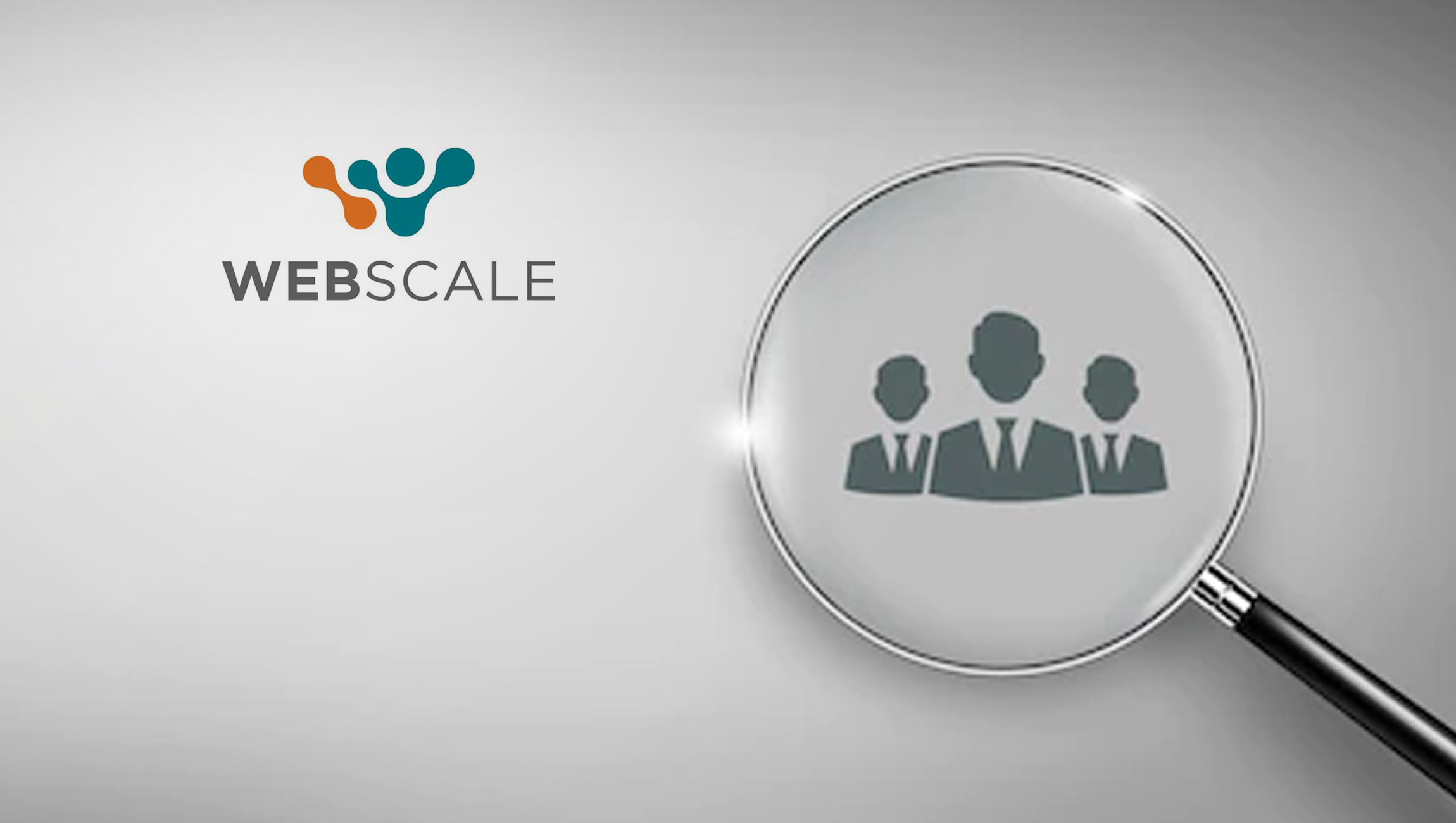New Emplifi study reveals the latest social media marketing trends and metrics across brands, industries, and channels
Emplifi, the leading unified customer experience platform, revealed the findings of its Q2 2022 analysis of social media spend across thousands of brands worldwide.
The report findings highlight a rebound in median monthly global ad spend compared to the same period last year, a decrease in the median monthly click-through rate (CTR), a slight uptick in median monthly cost-per-click (CPC), and steady engagement on Facebook and Instagram. The data also shows a slight decrease in brands’ response rate to customers who ask questions on social media.
Brands increase investment in paid social media
After seeing a notable post-holiday drop in Q1 2022, median global monthly ad spend among brands rebounded by 18% in Q2 2022, climbing back above USD 4,200 – a figure close to the year-high level that was seen in Q4 2021. With this quarter’s rebound, median monthly ad spend has increased 19% YoY, suggesting that brands are allocating more budget to reach their target audiences via paid social.
Marketing Technology News: MarTech Interview With Erez Nahom, CEO and Co-founder, Konnecto
“Brands need to connect with their audiences where they are and social media is an integral part of the marketing mix”
Click-through rate (CTR) continues to decline
Emplifi data shows that median monthly CTR has been steadily decreasing over time, dipping below the 1% mark in Q1 2022. This past quarter tells a similar story, with CTR lowering to 0.93%, signaling a 11% drop YoY. Despite this decrease, businesses can continue to depend on social media advertising to return value, as engagement remains fairly stable when consumers interact with paid social posts.
Median cost-per-click (CPC) remains stable
While CTR has steadily decreased, Emplifi data shows that CPC remains relatively stable despite some fluctuations in recent quarters, hitting $0.20 in Q2 2022. With average CPC rebounding this quarter after seeing a drop at the beginning of the year, it will be interesting to see whether this is a quarterly fluctuation or the start of an upward trend.
Instagram still dominant in engagement
After seeing a steady decrease since Q2 2021, median Facebook post interactions saw a slight bump quarter-over-quarter, reaching their highest level since Q3 2021. However, Q2 2022 levels remain notably lower than Q2 2021, with brands generating approximately 5.2 interactions per 1K impressions on Facebook, a 15% decrease year-over-year. When it comes to industries, the strongest performers for engagement on Facebook were brands in the Industrial (9.79) and Accommodation (9.04) sectors, while the lowest performers were Ecommerce (2.80), Retail (3.64), and Fashion (3.90).
Instagram continues to show much stronger engagement than Facebook, with about 32 interactions per 1K impressions in Q2 2022, which is on par with what has been seen across the past year. Brands in the Beverages (47.37), Alcohol (46.83), and Software (45.11) sectors saw the highest levels of engagement, with Retail (17.71), Telecom (21.58), and Ecommerce (22.81) brands lagging.
Marketing Technology News: A Crash Course on Email List Scrubbing: How to Declutter Your Email Marketing List and Boost ROI
TikTok versus Instagram
In an analysis of sister TikTok and Instagram accounts across 330 brands from January-June 2022, Emplifi data shows that brands post more often on Instagram (68%) than on TikTok (32%) in relative posting frequency. While reach and interactions were higher on Instagram, video content had greater engagement on TikTok. Either way, both platforms have shown an upward trend over six months in terms of engagement rate, peaking in June 2022, reconfirming user interest for engaging video content.
“Brands need to connect with their audiences where they are and social media is an integral part of the marketing mix,” said Emplifi CMO, Zarnaz Arlia. “It’s no secret that TikTok’s surge in popularity is continuing – we’ve found that brands post more often on Instagram than TikTok, and video content has higher engagement on TikTok. It will be interesting to see how this trends in the months ahead. What is certain though is that in today’s world, having and maintaining a solid presence on both TikTok and Instagram is essential.”
Twitter shows the fastest response times to questions
Emplifi data shows that median response rates for brands answering questions on Facebook and Instagram decreased slightly in Q2 2022. On Twitter, after some mild fluctuations, response rates have returned to a similar level from the same time last year. When looking at engagement by industry, Beauty, FMCG Food, and Home & Living brands had comparatively higher response rates to user questions on social, while Automotive brands had lower response rates across all three social media platforms.
In terms of the time it took for brands to respond to questions, Instagram and Twitter saw slight bumps quarter-over-quarter, while Facebook saw a decrease for the second straight quarter. Examining the data by industry, some brands have the slowest response times on Facebook (alcohol, beauty, FMCG food, home & living, service), while for other brands, it’s on Instagram (automotive, ecommerce, electronics, fashion, retail). However, except for one industry (FMCG food), Twitter typically sees the fastest response times among the three networks examined.











